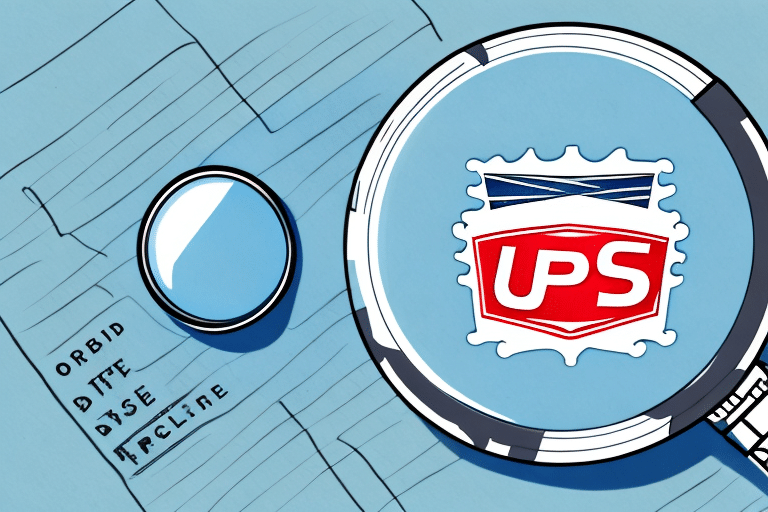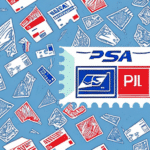Understanding USPS Pricing: A Comprehensive Guide
The United States Postal Service (USPS) remains a cornerstone for reliable and cost-effective mailing solutions domestically and internationally. Navigating the USPS pricing structure can be complex due to various factors that influence shipping costs. This guide provides an in-depth analysis of USPS pricing, helping you make informed decisions for your shipping needs.
USPS Pricing Structure Overview
USPS calculates shipping costs based on a combination of weight, size, distance, and the chosen service level. Generally, heavier and larger packages incur higher shipping fees. Additionally, the distance traveled by the package and the speed of delivery service selected significantly impact the overall cost.
USPS offers discounts for bulk shipments and non-profit organizations. Utilizing free USPS packaging options can further reduce shipping expenses. Comparing different carriers is advisable to ensure you’re receiving the best rates and service for your specific needs.
Types of USPS Mail Classes and Their Pricing
USPS provides several mail classes, each tailored to different shipping requirements:
- First-Class Mail: Ideal for items up to 13 ounces, starting at $0.58.
- Priority Mail: Delivers within 1-3 business days, with prices starting at $8.70.
- Parcel Select Ground: Economical for larger or heavier packages, rates vary based on weight and distance.
- Media Mail: Cost-effective for educational materials, starting at $3.19.
- Priority Mail Express: Guaranteed overnight delivery, starting at $26.35.
Each mail class serves specific needs, from expedited delivery to budget-friendly options for non-urgent shipments.
Key Factors Influencing USPS Shipping Costs
Several elements determine the cost of shipping with USPS:
- Weight and Dimensions: Heavier and larger packages cost more.
- Destination: Longer distances and international shipping increase costs.
- Service Level: Faster services like Priority Mail Express are pricier.
- Seasonality: Holiday seasons may affect pricing due to increased demand.
- Special Handling: Requirements like insurance or delivery confirmation add to the cost.
Additionally, the type of item being shipped (e.g., hazardous materials) and the origin-to-destination distance play crucial roles in pricing.
Strategies to Save on USPS Shipping Costs
Implementing cost-saving strategies can significantly reduce your USPS shipping expenses:
- Optimize Package Size and Weight: Use the smallest possible packaging to minimize costs.
- Choose Slower Service Levels: Opt for standard shipping when speed isn’t critical.
- Utilize Flat-Rate Options: USPS flat-rate boxes and envelopes offer predictable pricing regardless of weight or distance.
- Leverage Discounts: Take advantage of bulk shipping discounts and promotional offers.
- Print Labels Online: Save by printing shipping labels through USPS.com, avoiding post office fees.
Additionally, regional rate boxes provide discounted rates for specific areas, and the free package pickup service can save time and transportation costs.
Preparing for USPS Price Increases
USPS periodically adjusts its pricing. Staying informed and adaptable can help mitigate the impact of these changes:
- Subscribe to USPS Updates: Receive notifications about pricing changes directly from USPS.
- Explore Alternative Carriers: Compare rates with other carriers like FedEx and UPS to find competitive pricing.
- Adjust Business Pricing: If you offer free shipping, consider revising your pricing strategy to account for increased shipping costs.
Proactively managing your shipping strategy ensures your business remains cost-effective despite potential USPS price adjustments.
Calculating Accurate USPS Shipping Costs
Accurate cost calculation is essential to avoid unexpected shipping expenses:
- Use USPS Online Tools: Utilize the USPS Shipping Calculator to estimate costs based on package details.
- Consider All Variables: Input accurate weight, dimensions, and destination information for precise estimates.
- Choose the Right Service Level: Select a service that balances cost and delivery speed according to your needs.
- Take Advantage of Flat-Rate Shipping: For heavier items, flat-rate boxes can offer substantial savings.
Additionally, ensure you account for extras like insurance or special handling to get a complete picture of your shipping costs.
Comparing USPS with Other Shipping Carriers
While USPS is a competitive option, comparing it with other carriers can help you find the best fit for your shipping needs:
- FedEx: Known for fast delivery and extensive tracking options.
- UPS: Offers reliable service with robust business solutions.
- DHL: Specializes in international shipping with comprehensive global coverage.
When comparing carriers, consider factors such as pricing, delivery speed, reliability, and additional services like package tracking and insurance. Tools like the MyShipTrack Carrier Comparison can aid in making informed decisions.
The Role of Packaging in USPS Pricing
Packaging choices can significantly impact your shipping costs:
- Use USPS Free Packaging: USPS provides free boxes and envelopes that can help reduce costs.
- Choose Appropriate Packaging: Ensure your packaging is suitable for the item’s size and weight to avoid additional fees.
- Protect Fragile Items: Use cushioning materials like bubble wrap to prevent damage, which can save on insurance and returns.
Remember that using designated packaging for certain services, like Priority Mail Flat Rate boxes, is mandatory to avail of flat-rate pricing.
International Shipping with USPS
Shipping internationally with USPS involves additional considerations:
- Understand Destination Requirements: Each country has specific import regulations and documentation requirements.
- Factor in Customs Fees: International shipments may incur customs duties and taxes, affecting overall costs.
- Choose the Right Service: USPS offers various international services like Priority Mail International and Priority Mail Express International, each with different pricing and delivery times.
Utilize the USPS International Shipping Guide for detailed information on shipping to different countries.
The Impact of Delivery Speed on USPS Prices
Delivery speed is a primary determinant of shipping costs:
- Standard Services: Services like First-Class Mail and Parcel Select Ground are more affordable but have longer delivery times.
- Expedited Services: Priority Mail and Priority Mail Express offer faster delivery at higher prices.
Choosing the appropriate delivery speed based on urgency can help balance cost and efficiency.
Utilizing USPS Online Tools for Accurate Pricing
USPS provides a suite of online tools to streamline your shipping experience:
- Shipping Calculator: Estimate shipping costs by entering package details.
- Package Pickup Scheduler: Arrange for USPS to pick up packages from your location, saving time and transportation costs.
- Delivery Status Tracker: Monitor your shipments in real-time to ensure timely delivery.
Access these tools through the USPS official website to enhance your shipping strategy.
Avoiding Common Mistakes in Estimating USPS Shipping Costs
To ensure accurate shipping cost estimations, avoid the following common mistakes:
- Underestimating Package Weight and Size: Always measure and weigh your package accurately.
- Incomplete Destination Information: Double-check addresses to avoid additional fees or delays.
- Selecting Incorrect Service Levels: Choose a service that aligns with your delivery time requirements.
- Forgetting Additional Fees: Account for extras like insurance, special handling, and delivery confirmations.
- Ignoring Free Packaging Options: Utilize USPS’s free packaging to reduce costs.
Meticulous planning and accurate information entry can prevent unexpected shipping expenses.
Understanding Postal Zones and Their Pricing Impact
USPS assigns postal zones based on the distance between the origin and destination:
- Zone 1: Local shipments within the same metropolitan area.
- Higher Zones: Increased zones correspond to greater distances, resulting in higher shipping costs.
Familiarizing yourself with postal zones can aid in more accurately estimating shipping costs and selecting the most cost-effective shipping method.
Maximizing Your Shipping Budget with USPS
Effectively managing your shipping strategy with USPS can lead to significant cost savings:
- Choose the Right Service: Align your shipping needs with the appropriate USPS service level.
- Optimize Packaging: Use USPS-provided packaging and minimize package size and weight.
- Leverage Discounts and Tools: Utilize available discounts, online tools, and flat-rate options to reduce costs.
By understanding and applying these strategies, you can make the most of your shipping budget while ensuring reliable and efficient delivery.
Conclusion
The USPS offers a versatile and affordable range of shipping options suitable for various needs. By comprehensively understanding the pricing structure, leveraging available tools and discounts, and avoiding common pitfalls, you can optimize your shipping strategy for both cost and efficiency. Stay informed about USPS updates and continuously evaluate your shipping practices to ensure maximum savings and reliable delivery for your packages.






















